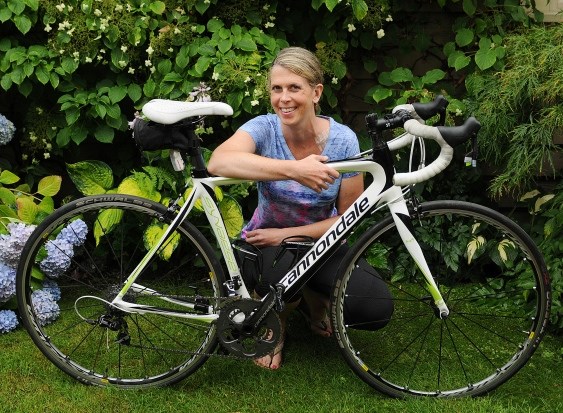To the editor:
Re: “My bike: I will bounce back from a crash,” July 25.
Joanne Turner believes her bicycle helmet reduced her injuries in a fall in the Okanagan Granfondo. It is also arguable that her helmet caused a broken collar bone and half a year off from riding. Without a helmet she would not have been in the race and would not have been driving herself in such a high risk fashion, pushing through exhaustion in the last minutes of a 160 km race. Increased helmet-wearing is associated with increased risk-taking. She needn’t worry that others in this high-risk sport should wear a helmet. They already all do.
Her comments must be about those who ride their bikes for transportation, but bike races have as much in common with cycling as Indy races have with driving to the supermarket.
Many believe that cycling is dangerous when statistically it is on par with walking and driving. This erroneous fear comes in part from helmet promotion and legislation. The real danger to cyclists, pedestrians and other motorists is almost always motorists, and flimsy little bike helmets are no match for a two tonne vehicle travelling at 50 km/h.
The Netherlands slashed cycling fatalities by 75 percent without anyone wearing a helmet. Here, helmet legislation has not lead to any measurable reduction in fatalities. At least four of five cyclists killed in the region last year were wearing them. All were hit by a motor vehicle. Helmets are good at reducing superficial head injuries and at making cycling appear risky. The latter keeps many people from riding, discouraging an excellent form of much needed exercise that would help slash our public health care costs. It also increases the risk for other cyclists since cycling safety increases with numbers. It’s not surprising that the Dutch achieved their enviable safety improvement while increasing cycling by a third. Helmet laws and promotion have hindered cycling growth and increased the risk for those who do cycle.
Joanne should also take her own advice if she wants to dish it out. Helmets are designed to break on impact. It is one way they disperse impact energy. It also makes them completely useless after the first impact. But she got back on her bike and finished the race — without a functioning helmet. Talk about a false sense of security — the same one that is responsible for increased risk-taking in the first place.
Ron van der Eerden
Vancouver,



